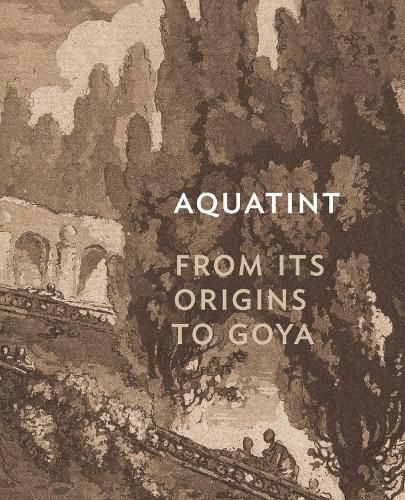Readings Newsletter
Become a Readings Member to make your shopping experience even easier.
Sign in or sign up for free!
You’re not far away from qualifying for FREE standard shipping within Australia
You’ve qualified for FREE standard shipping within Australia
The cart is loading…






How an ingenious printmaking technique became a cross-cultural phenomenon in Enlightenment Europe
Driven by a growing interest in collecting and multiplying drawings, artists and amateurs in the eighteenth century sought a new technique capable of replicating the subtlety of ink, wash, and watercolour. They devised an innovative and versatile new medium-aquatint-which would spread in use across Europe within a few decades, its distinctive dark tones making possible a remarkable variety of ingenious imagery.
In this illuminating book, Rena M. Hoisington traces how the aquatint technique flourished as a cross-cultural and cosmopolitan phenomenon that contributed to the rise of art publishing, connoisseurship, leisure travel, drawing instruction, and the popularity of neoclassicism. She offers new insights into sophisticated experiments by artists such as Francisco de Goya, Katharina Prestel, Paul Sandby, and Jean-Baptiste Le Prince. Marvelously illustrated with rare works from the National Gallery of Art’s collection of early aquatints, this engaging book provides a fresh look at how printmaking contributed to a vibrant exchange of information and ideas in Europe during the Enlightenment.
Published in association with the National Gallery of Art, Washington, DC
$9.00 standard shipping within Australia
FREE standard shipping within Australia for orders over $100.00
Express & International shipping calculated at checkout
How an ingenious printmaking technique became a cross-cultural phenomenon in Enlightenment Europe
Driven by a growing interest in collecting and multiplying drawings, artists and amateurs in the eighteenth century sought a new technique capable of replicating the subtlety of ink, wash, and watercolour. They devised an innovative and versatile new medium-aquatint-which would spread in use across Europe within a few decades, its distinctive dark tones making possible a remarkable variety of ingenious imagery.
In this illuminating book, Rena M. Hoisington traces how the aquatint technique flourished as a cross-cultural and cosmopolitan phenomenon that contributed to the rise of art publishing, connoisseurship, leisure travel, drawing instruction, and the popularity of neoclassicism. She offers new insights into sophisticated experiments by artists such as Francisco de Goya, Katharina Prestel, Paul Sandby, and Jean-Baptiste Le Prince. Marvelously illustrated with rare works from the National Gallery of Art’s collection of early aquatints, this engaging book provides a fresh look at how printmaking contributed to a vibrant exchange of information and ideas in Europe during the Enlightenment.
Published in association with the National Gallery of Art, Washington, DC